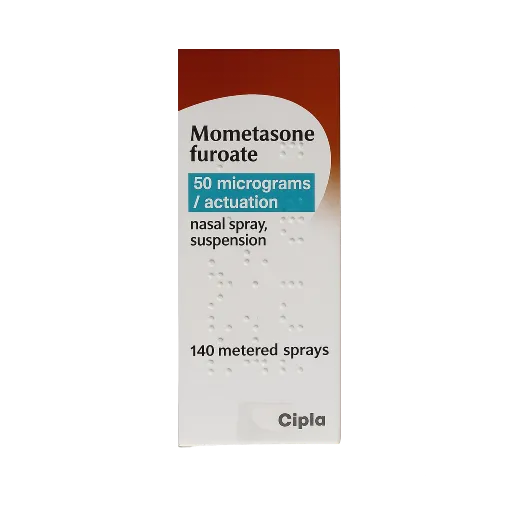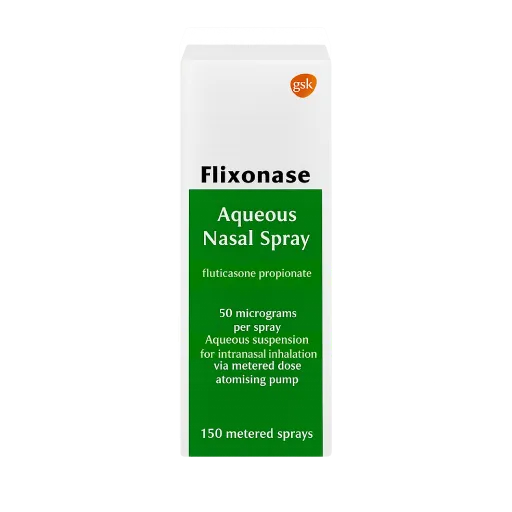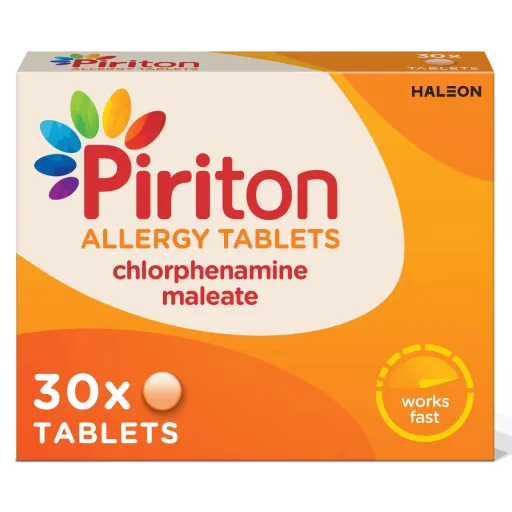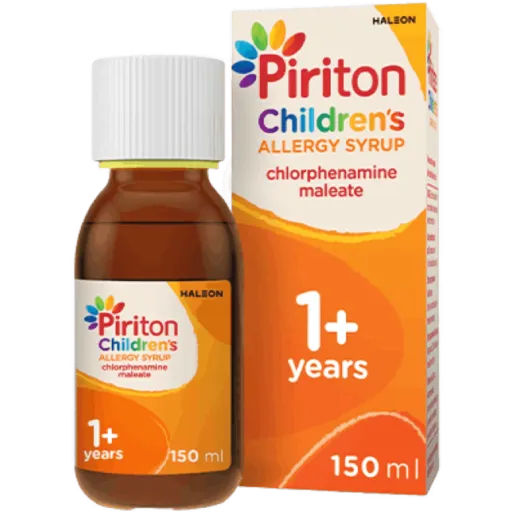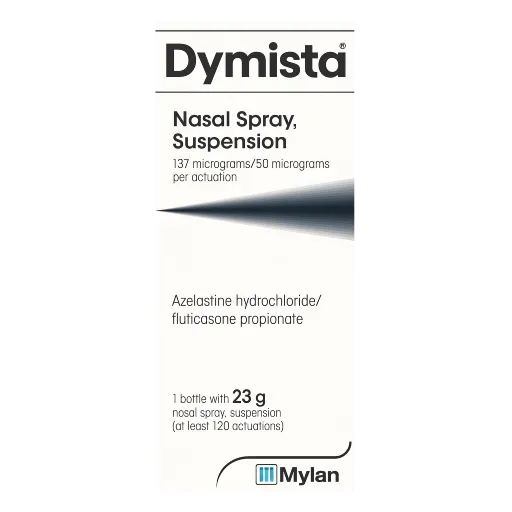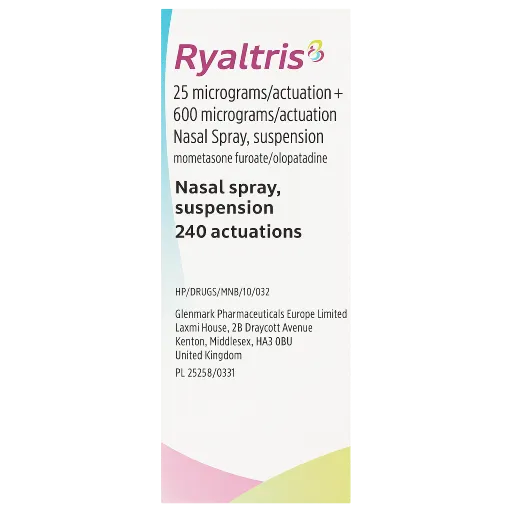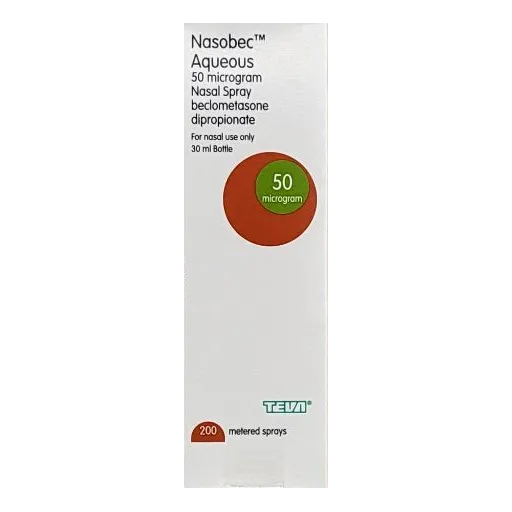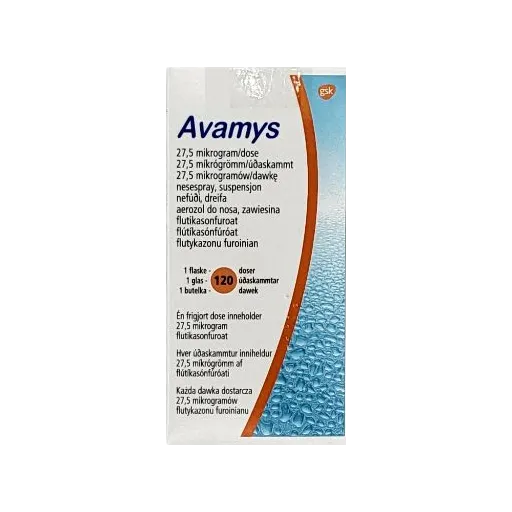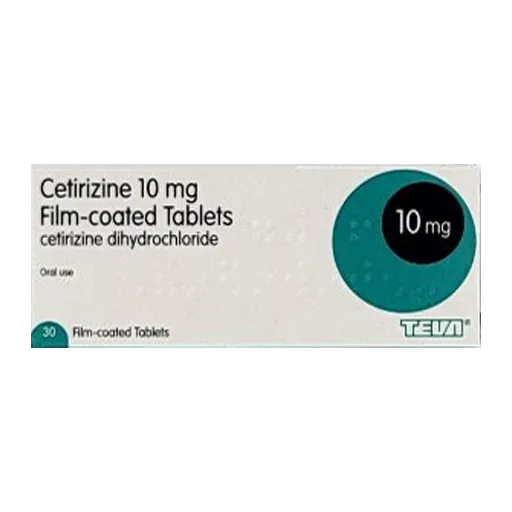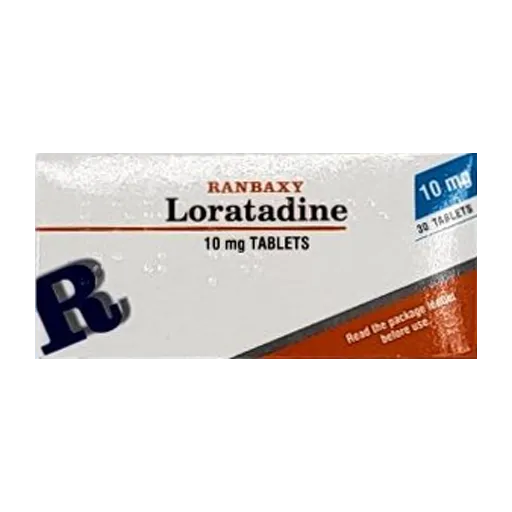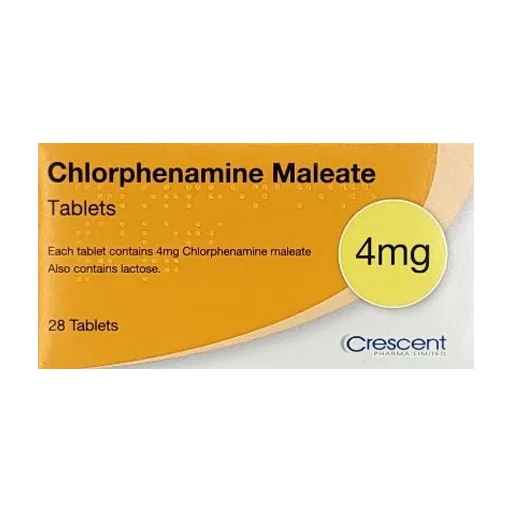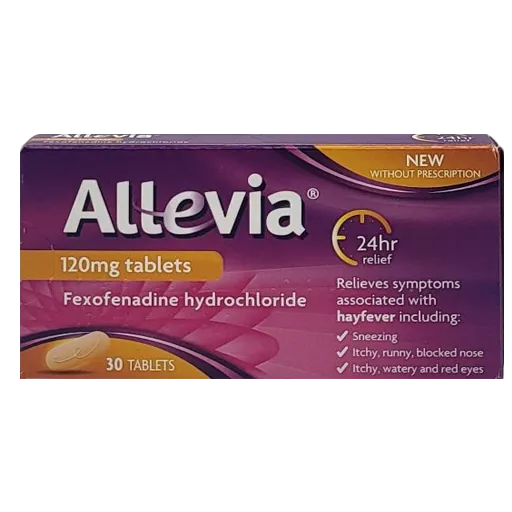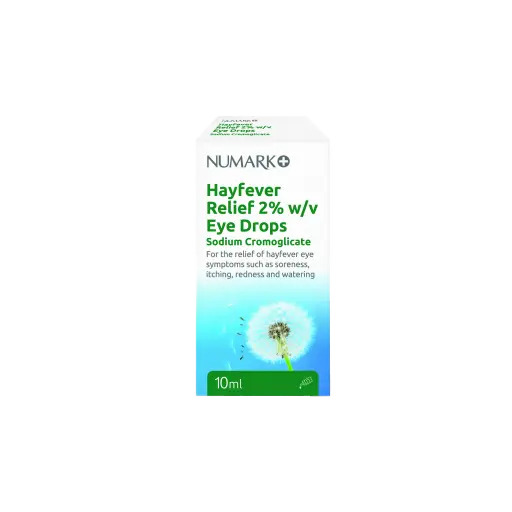hay fever consultation
Please fill in the questionnaire below. Any information provided will be kept confidential and will only be seen by a prescriber. These questions are designed to give our prescriber enough information to make a decision on whether the treatment is suitable, please fill them in truthfully.
hay fever
Hay fever is an allergy to pollen and is usually worse between late March and September. It is very common affecting one in four people in the UK. Symptoms may include sneezing, runny or blocked nose, itchy red watery eyes, headaches. There is no cure but you can take medication to help with symptoms such as antihistamine tablets, drops and corticosteroid nasal sprays.
-
POM
-
POM
-
P
-
P
-
POM
-
POM
-
POM
-
POM
-
POM
-
P
Hay Fever
Hay fever, also known as allergic rhinitis, is an allergic reaction to pollen. It causes cold-like symptoms such as sneezing, a runny nose, itchy eyes, and nasal congestion.
It's very common, especially in the spring and summer months when pollen counts are high. Some people may also experience symptoms in the autumn or even year-round depending on the type of pollen or allergen involved.
Hay fever can affect your daily life, sleep, and ability to concentrate, but it can usually be well managed with treatment and self-care.
Check the pollen forecast
Keeping track of the daily pollen forecast can help you better manage your hay fever symptoms and figure out what type of pollen is affecting you. On days when the pollen count is high, it's a good idea to take your medication early and avoid outdoor exposure where possible.
You can check your local pollen levels using the Kleenex Pollen Pal tracker. It shows live data and 5-day forecasts based on your location, including separate counts for tree, grass, and weed pollen.
- Visit Kleenex Pollen Tracker
- Enter your location or postcode to get a personalised forecast
- View real-time pollen counts and upcoming trends
- Use it daily during your allergy season to stay ahead of symptoms
Some areas may have different pollen peaks, so checking regularly helps you adjust your routine and medication accordingly.
What causes hay fever?
Hay fever is caused by your immune system overreacting to pollen, a harmless substance released by plants. When pollen enters your nose, eyes, or mouth, your body releases histamine and other chemicals, triggering allergic symptoms.
Types of pollen that can trigger hay fever:
- Tree pollen: Common in spring (March to May)
- Grass pollen: The most common trigger, peaks in late spring and early summer (May to July)
- Weed pollen: Can cause symptoms in late summer and autumn (July to September)
Other airborne allergens, such as dust mites, mould spores, and pet dander, can cause similar symptoms and are referred to as perennial allergic rhinitis (year-round hay fever).
What are the symptoms of hay fever?
Hay fever symptoms can vary in severity and may come and go depending on the weather, pollen levels, and exposure. Common symptoms include:
- Sneezing and coughing
- Runny or blocked nose
- Itchy, red, or watery eyes
- Itchy throat, mouth, nose, or ears
- Post-nasal drip (mucus dripping down the throat)
- Loss of smell or taste
- Headache or facial pain (from sinus pressure)
- Fatigue and trouble sleeping
Hay fever doesn't cause a fever — if you have a high temperature, it may be something else like a cold or flu.
How is hay fever diagnosed?
Hay fever is usually diagnosed based on your symptoms and when they occur. You may be asked about:
- When your symptoms started and how long they last
- Whether they're seasonal or year-round
- What seems to trigger them (e.g. being outdoors, gardening, pets)
If symptoms are unclear or severe, your GP may refer you for allergy testing such as:
- Skin prick testing: Small amounts of allergens are introduced to the skin to see if there's a reaction
- Blood tests: Can measure levels of IgE (allergy antibodies) to specific allergens
Hay fever treatments
There is no cure for hay fever, but symptoms can be effectively controlled with medication and self-care. Treatment may vary depending on the severity and frequency of your symptoms.
Common hay fever medicines
- Antihistamines: Help relieve sneezing, runny nose, and itching
- Cetirizine
- Loratadine
- Fexofenadine (stronger, non-drowsy option)
- Nasal corticosteroid sprays: Reduce inflammation and are especially effective for congestion
- Beclometasone (e.g. Beconase)
- Mometasone (e.g. Clarinase)
- Fluticasone (e.g. Pirinase)
- Decongestants: Short-term relief of blocked nose (e.g. pseudoephedrine, xylometazoline nasal spray)
- Eye drops: Help relieve itchy, red, or watery eyes (e.g. sodium cromoglicate)
Prescription options
- Fexofenadine 120mg or 180mg (stronger non-drowsy antihistamine)
- Combination treatments (e.g. antihistamine plus decongestant)
- In severe cases, a short course of oral steroids may be prescribed
Self-care and prevention
- Check pollen forecasts daily and stay indoors on high pollen days
- Shower and change clothes after being outside to remove pollen
- Keep windows and doors closed during high pollen times (especially mid-morning and early evening)
- Wear wraparound sunglasses to protect your eyes
- Use petroleum jelly (e.g. Vaseline) around the nostrils to trap pollen
- Vacuum and damp dust regularly
- Use a pollen filter in your car or home
Will treatment work?
Most people find relief with antihistamines and nasal sprays if taken consistently during pollen season. For best results, start treatment before symptoms begin and continue daily during your allergy season.
Severe or persistent hay fever may require stronger or combined treatments. If your symptoms don't improve, speak to a pharmacist or GP for personalised advice.
Hay fever treatment side effects
Most hay fever treatments are safe and well tolerated, but side effects can include:
- Antihistamines: Some older types (like chlorphenamine) may cause drowsiness
- Nasal sprays: May cause dryness, irritation, or nosebleeds if overused
- Eye drops: Mild stinging or blurred vision after application
- Decongestants: Can raise blood pressure or cause rebound congestion if used for more than a few days
Speak to a pharmacist if you're unsure which treatment is best or if you experience side effects that don't go away.
